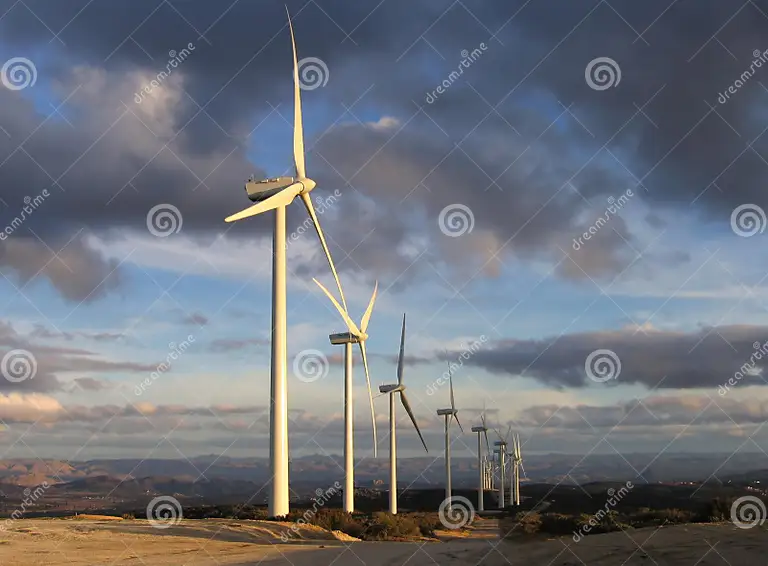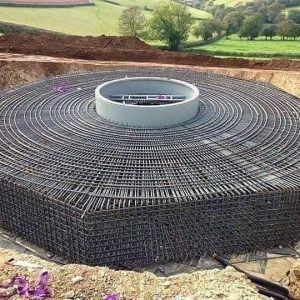
A BLIGHT ON THE HORIZON
THE BASE OF ONE WIND TURBINE! HOW CAN THIS POSSIBLY BE ENVIRONMENTALLY FRIENDLY???
While wind power is often celebrated for its cost-effectiveness and environmental benefits, it is essential to acknowledge the downsides and potential drawbacks associated with wind turbines. One significant concern lies in the environmental impact during the lifecycle of wind power generation.
Firstly, the construction and installation of wind turbines require extensive groundwork, including excavations for foundations, transportation of components, and the use of large amounts of concrete. In onshore wind farms, the need for service roads can lead to additional land disruption. Moreover, these construction activities often rely on diesel-powered machinery, contributing to carbon emissions and contradicting the very goal of clean energy.
In densely populated regions, the opposition to onshore wind farms has grown, leading to a decline in installations in some countries like Germany. This resistance raises questions about the feasibility of implementing wind power in areas where people are unwilling to accept the visual and environmental impact, leading to setbacks in carbon reduction plans.
Additionally, the operational phase of wind turbines is not without its environmental concerns. Noise generated by the turbines has been a source of complaints from nearby residents. The impact on wildlife, particularly birds and bats colliding with the turbine blades, is a significant issue. In the United States alone, it’s estimated that hundreds of thousands of birds are killed annually due to wind turbine collisions, a figure that could rise with the anticipated increase in wind energy capacity.
Furthermore, the disposal of decommissioned wind turbine parts poses a challenge. While approximately 85% of a turbine’s components can be recycled or reused, the blades, often made from composite materials like fiberglass or carbon fibre, present a dilemma. Landfill disposal is not environmentally friendly, considering the size and weight of the blades, and alternative methods such as pyrolysis still involve energy-intensive processes.
As wind turbines from the boom period of the 1990s and 2000s reach the end of their lifecycles, the issue of turbine disposal becomes more pressing. Current methods are not sustainable for the increasing number of turbines expected to be decommissioned in the coming years.
While there are emerging efforts to address these concerns, such as using high-strength wood for turbine construction and innovative recycling techniques for turbine components, these solutions are in their early stages and may not fully mitigate the environmental impact.
In conclusion, while wind power undoubtedly plays a crucial role in the transition to clean energy, it’s important to recognize and address the environmental challenges associated with wind turbines throughout their lifecycle. Sustainable solutions and ongoing innovation are necessary to ensure that wind power remains a genuinely green and responsible energy source.




